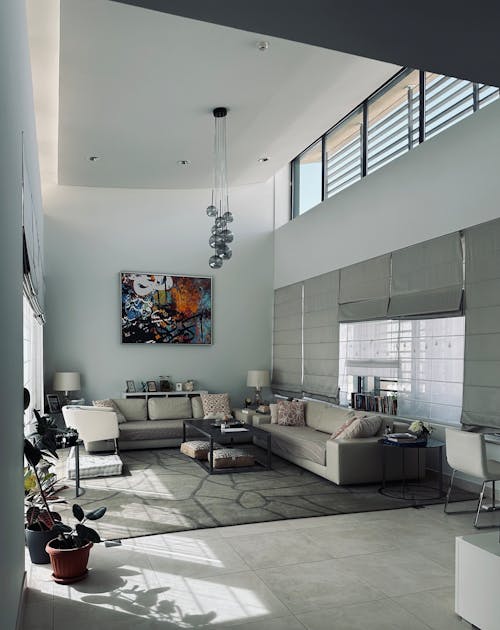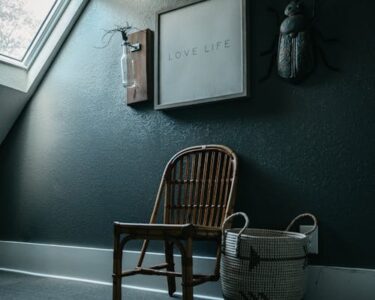“Small Space Solutions: Creating Your Minimalist Living Room
Living in a small space can present unique decorating challenges, but it also offers a wonderful opportunity to embrace simplicity and functionality. One of the most effective approaches for maximizing comfort and style in compact areas is adopting a minimalist design philosophy. Creating a **minimalist living room** in a small space isn’t about deprivation; it’s about thoughtful curation, intentional choices, and creating a serene environment that feels larger and more open.
Why opt for a **minimalist living room** when space is limited? Minimalism inherently promotes decluttering and focusing only on items that are necessary or truly bring joy. This directly combats the feeling of being cramped, reduces visual clutter, and makes your space feel calmer and more spacious. It’s a lifestyle choice that translates beautifully into practical design.
Key Principles for a Small **Minimalist Living Room**:
* **Less is More:** The foundational rule. Fewer items mean more perceived space.
* **Function Over Ornamentation:** Every piece of furniture or decor should serve a purpose.
* **Clean Lines and Simple Forms:** Uncluttered shapes are visually calming and don’t overwhelm the eye.
* **Neutral Palette:** Light and neutral colors reflect light and make walls seem to recede.
* **Intentionality:** Every item in the room is there on purpose, not by chance.
Practical Tips for Your Small **Minimalist Living Room**:
### Declutter Ruthlessly
This is the absolute first step. Go through everything. Get rid of items you don’t use, don’t love, or that don’t belong in the living room. Be honest with yourself. The less you have, the easier it is to maintain a minimalist aesthetic.
### Choose Functional, Scaled Furniture
Select pieces that fit the size of your room, not your dream mansion. Oversized furniture will shrink the space. Look for multi-functional items like an ottoman with storage, a sofa bed, or nesting coffee tables. Opt for furniture with clean lines and raised legs, which creates visual space underneath.
### Embrace Vertical Storage
When floor space is limited, go vertical. Tall, slender bookshelves or wall-mounted shelves keep items off the floor while providing much-needed storage or display space for your curated items. Keep the items on shelves minimal and well-organized.
### Select a Simple Color Palette
Stick to a base of light, neutral colors like white, beige, light grey, or pastels for walls, larger furniture, and main textiles. You can add depth and interest with texture and very limited pops of color through accessories like cushions or art. A neutral palette enhances the feeling of openness and tranquility in a small **minimalist living room**.
### Focus on Intentional Decor
Instead of many small decorative items, choose a few larger, impactful pieces. A single large piece of art, a sculptural lamp, or one beautiful plant can make a statement without adding clutter. Ensure every decorative item is something you truly love and is strategically placed.
### Utilize Strategic Lighting and Mirrors
Good lighting is crucial. Layer ambient, task, and accent lighting to brighten the space and create depth. Mirrors are a minimalist’s best friend in small spaces; they reflect light and create the illusion of a larger room. Place a mirror opposite a window if possible.
### Keep Surfaces Clear
Tabletops, shelves, and floors should be kept as clear as possible. This is a hallmark of a **minimalist living room**. Put items away immediately after use. This simple habit makes a huge difference in maintaining a clutter-free look.
Creating a **minimalist living room** in a small space is a journey towards a more functional, calm, and visually appealing environment. By focusing on essential items, smart furniture choices, a simple palette, and intentional design, you can transform your compact area into a serene sanctuary that feels surprisingly spacious and perfectly suited to your needs.”




